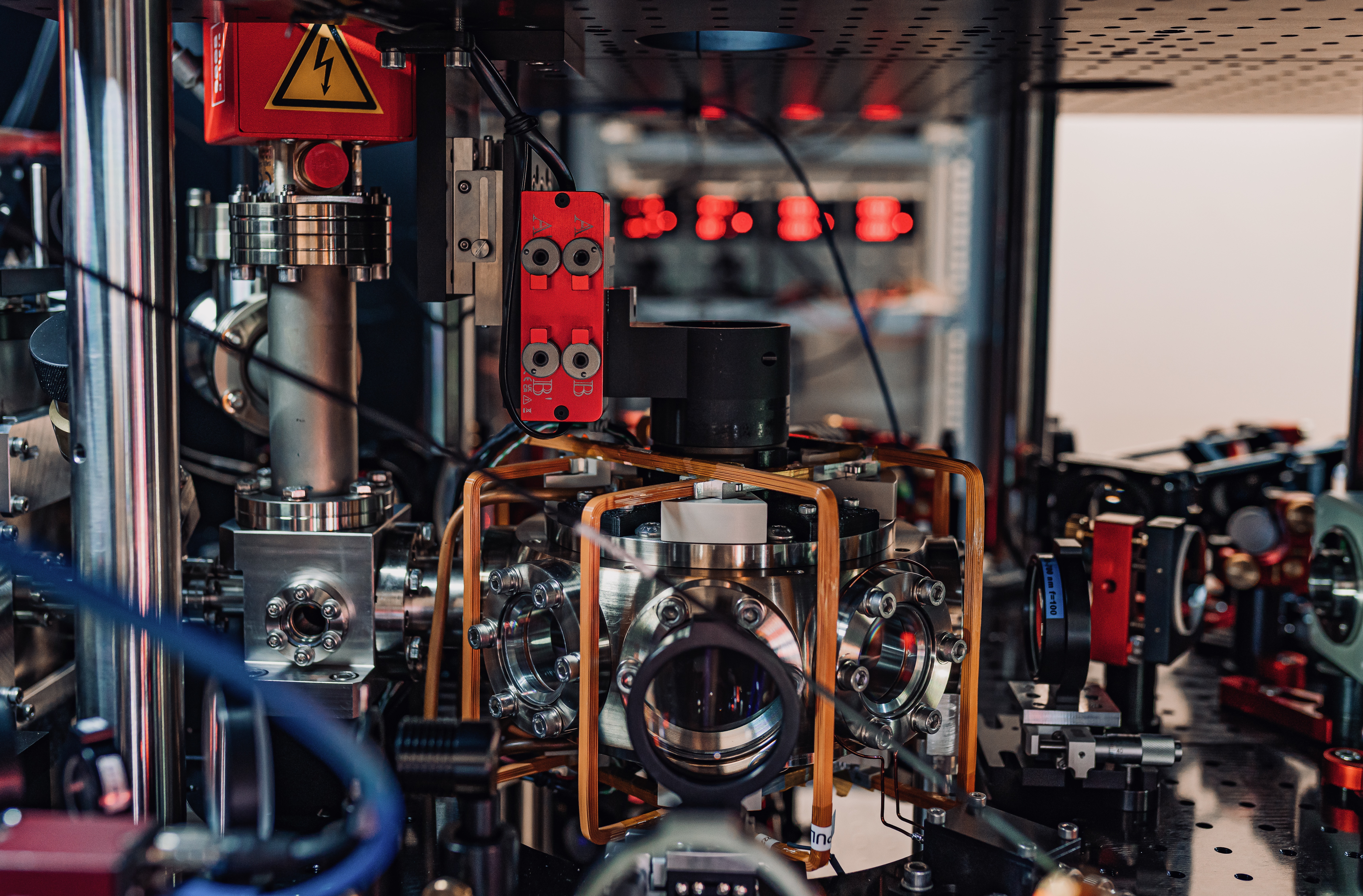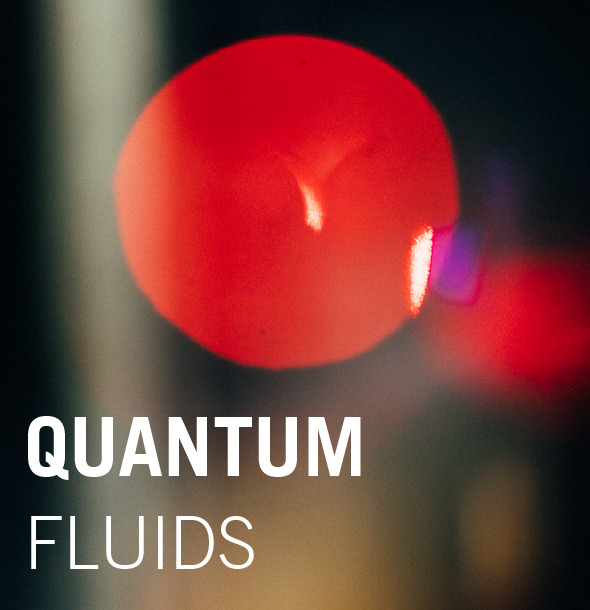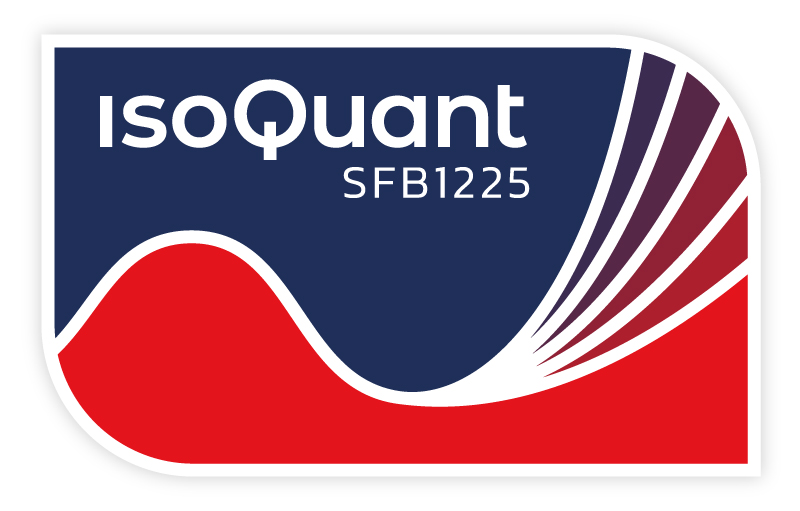Physikalisches Institut
Im Neuenheimer Feld 226
69120 Heidelberg
Office: 01.105
Tel: 06221/ 54 19496
Fax: 06221/ 54 19545
Lauriane becomes Full Professor!
04/04/2023
We got our first Dy BEC!
09/03/2023
The first paper of the Dy lab is on the arXiv!
05/11/2022
We got our first Dy atoms in an optical dipole trap!
08/05/2022
We got our first Dy 3D MOT!
25/04/2022
We got our first Dy 2D MOT!
10/01/2022
We got awarded an ERC Starting Grant!
02/11/2021
First thesis of the QF-group defended!
01/02/2021
Lauriane arrived at the Physikalisches Institut!
Dysprosium Lab
|
In our lab, we exploit dysprosium's special electronic and magnetic properties to unveil novel quantum phenomena in ultracold atomic assemblies. |

|
Dysprosium is one of the most magnetic elements in the periodic table. The large magnetic dipole moment of dysprosium atoms in their ground state induces large interatomic dipolar interactions. The long-range and anisotropic nature of the dipolar interactions distinguishes them from the more conventional contact interactions that usually prevails in ultracold atomic gases. The introduction of dipolar interactions interaction and its competition with the contact interaction brings an interesting new twist to the physics of the quantum fluids made up of these atoms. In recent years, this has led to the discovery of new phases of matter, including ultradilute quantum droplets, droplet crystals and supersolids. |
|
We are currently building a new-generation experimental apparatus that aims to create and probe degenerate quantum gases of dysprosium atoms with exquisite control. In particular, we want to change the dimensionality of the gas from 3D to lower dimensions and especially to 2D. We intend to create traps with tailorable and dynamically tunable geometries. In addition, we will be able to tune the amplitude and direction of the external magnetic field at will, thus controlling the interparticle interactions, namely the strength of the contact interactions and the direction of the dipoles. Furthermore, we will probe and perturb the atomic cloud with sub-micron resolution. |
|
The design of our experiment is based on a novel slowing and cooling scheme for Dy atoms, where a 2D magneto-optical trap (MOT) operating on the broad transition of Dy at 421 nm directly loads a 3D MOT operating on the 136 kHz wide intercombination line at 626 nm in the center of our science chamber. This design allows for a compact setup with still significant optical access around the science chamber. This novel scheme was particularly successful and its demonstration and characterization was the subject of the first experimental paper from our lab. If you are interested, you can find it here! Based on this first cooling stage, we were able to efficiently load a crossed optical dipole operating at 1064 nm and perform evaporative cooling down to quantum degeneracy, achieving a Bose-Einstein condensate of 1.5x10^5 atoms with more than 70% condensed fraction. |

|
|
The science chamber houses two reentrant viewports at the top and bottom to accommodate fast switching coils and provide optical access with a numerical aperture of 0.6. We have recently implemented a custom-designed diffraction-limited microscope objective in the setup and obtained our first in situ images of self-structured states. In the future, we plan to implement an accordion lattice and a digital micromirror device in our setup to achieve tailorable quasi-2D geometries. Here we plan to study the underlying phase diagram and dynamics of our dipolar quantum system. Our goal is to explore and understand not only which exotic phases such as supersolids form in quantum gases under the influence of dipolar interactions in lower dimensional space, but also how these orders arise; what are the underlying phase transitions and how do the states evolve dynamically when crossing them; how do these states behave far from equilibrium and how do they equilibrate. We are particularly interested in understanding the role of the topological defects that these states can host in the various aspects of these behaviors. |




